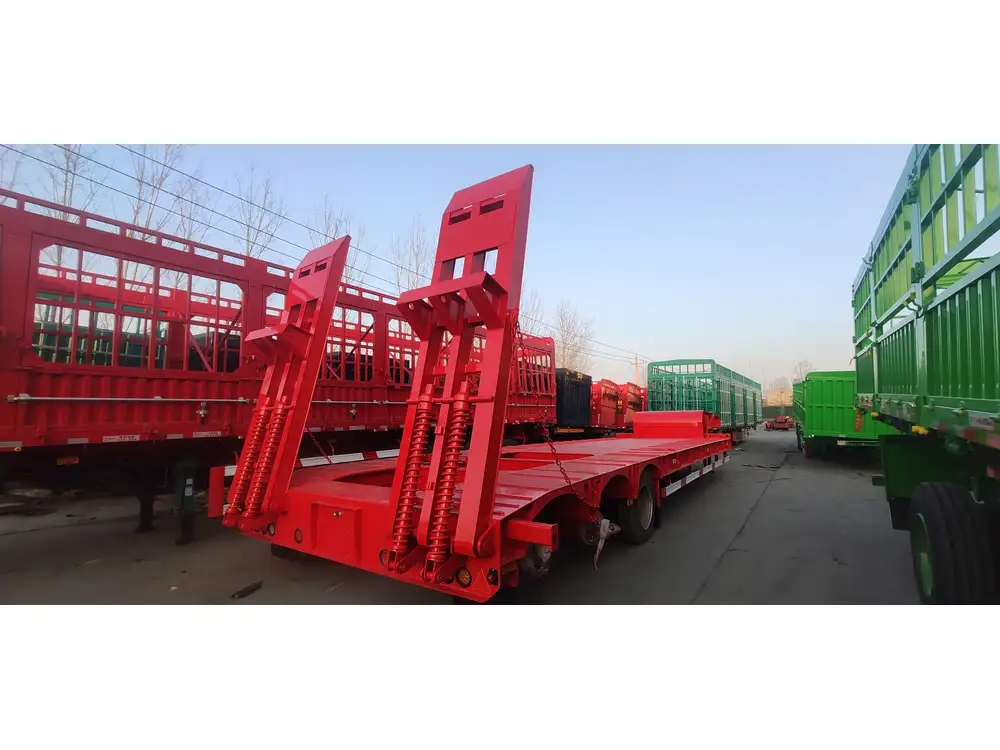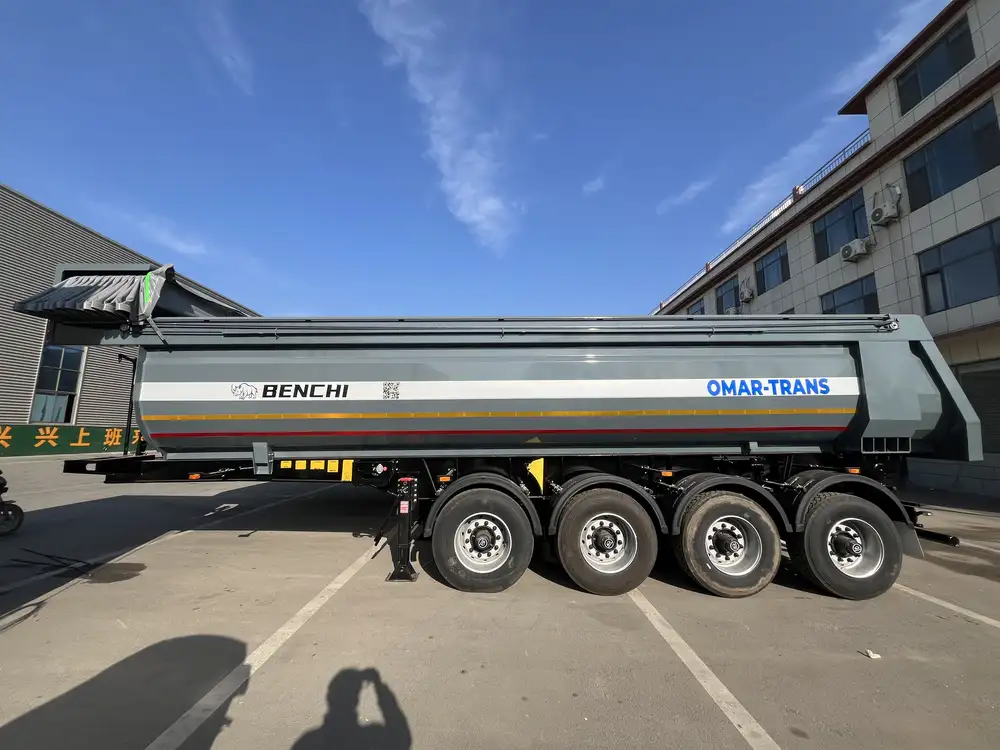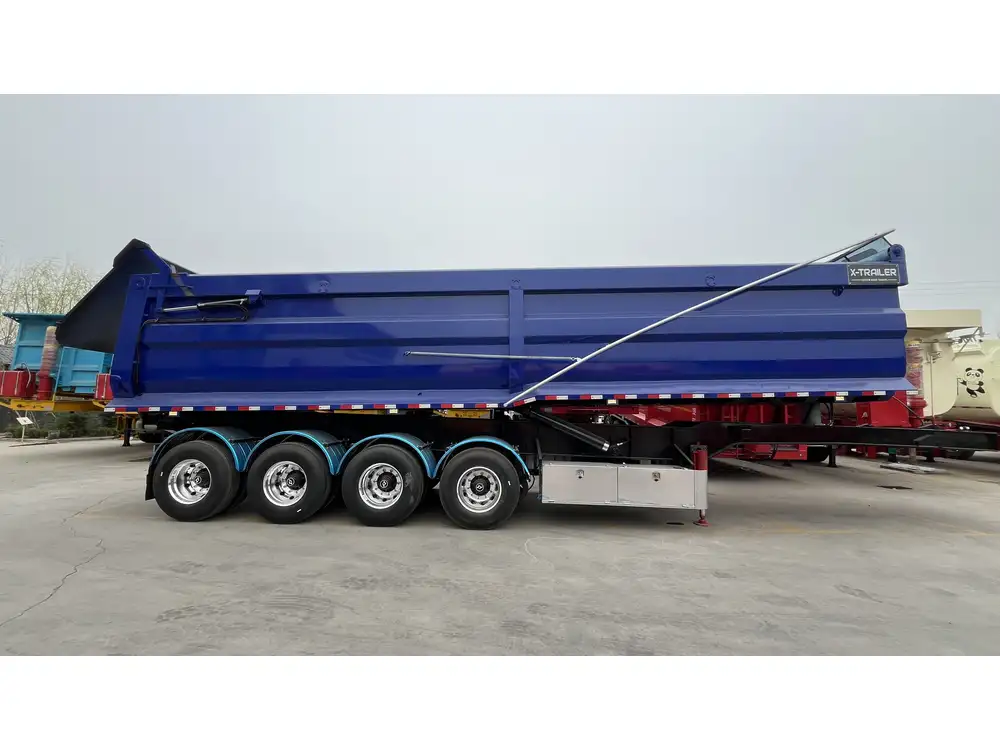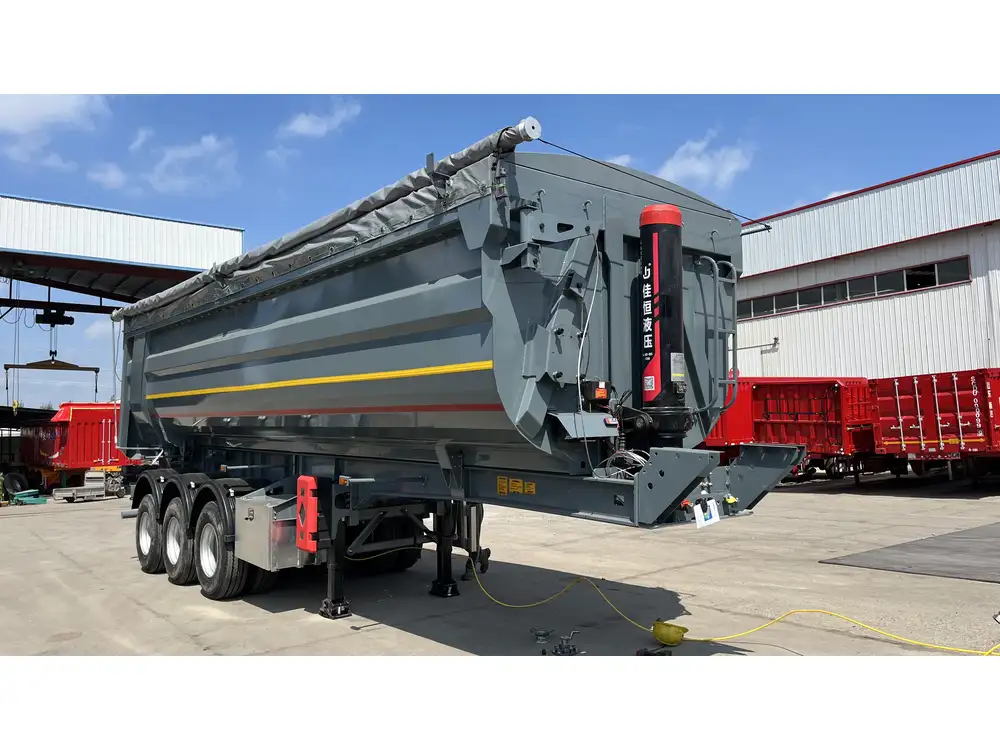When navigating the world of cattle transportation, one pivotal question arises frequently among producers and transporters alike: How much weight can a cattle semi-trailer haul in Minnesota? This inquiry is not merely about meeting legal requirements but also about ensuring animal welfare, optimizing transport efficiency, and maximizing operational profitability. Let’s delve into the intricacies of weight limits, regulations, and best practices for safely transporting cattle in Minnesota.
Key Regulatory Framework for Cattle Transportation in Minnesota
Federal and State Weight Limitations
In the United States, the Federal Highway Administration sets forth guidelines regarding weight limits for commercial vehicles. Cattle semi-trailers, like other freight carriers, must comply with:
- Maximum Gross Vehicle Weight (GVW): The federal limit is generally set at 80,000 pounds for vehicles that operate on the Interstate Highway System.
- State-Specific Regulations: Minnesota has specific regulations tied to its road conditions and infrastructure. For instance, Minnesota Statute § 169.825 regulates the weight limits on all roads within the state.

Permitting Exceptions
On occasions, local law enforcement grants permits for overweight vehicles to ensure that an operational need is met without compromising road safety. Such exceptions typically require extensive paperwork and proof of necessity along with escorted journeys on specified routes.
Cattle Weight Considerations
Cattle’s weight itself is a crucial component of the semi-trailer’s capacity planning. On average, a mature beef cattle can weigh anywhere from 1,200 to 1,800 pounds, depending on the breed and other factors.
Calculating Haul Capacity for Cattle Semi-Trailers

Factors Influencing Haul Capacity
Semi-Trailer Specifications:
- Length and Design: The overall length of the cattle semi-trailer significantly impacts its usability and weight bearing.
- Axle Configuration: The number of axles not only distributes weight but also influences the weight limitations.
Load Distribution:
- Proper Weight Distribution: Ensuring that the weight is evenly distributed across the axles is essential to avoid shifting during transport, which could lead to accidents or injury to the cattle.
Environmental Factors:
- Road Conditions: Poor road conditions can limit the effective load a semi-trailer can carry. Research indicates that certain environmental conditions may necessitate a reduction in load capacity to ensure safety.
Example of Weight Distribution
| Axle Count | Maximum Weight Capacity | Number of Cattle (Approx.) |
|---|---|---|
| 2 | 34,000 lbs | 16 – 28 |
| 3 | 52,000 lbs | 24 – 44 |
| 4 | 68,000 lbs | 32 – 56 |
Real-World Scenarios
Consider a scenario where a cattle farmer intends to transport 40 head of beef cattle weighing approximately 1,400 pounds each. The calculation would be straightforward:
- Total Weight: 40 head x 1,400 lbs = 56,000 lbs
- Hence, a 3-axle semi-trailer configured to carry up to 52,000 lbs would either require a permit or a reorganized load.

Operational Best Practices to Enhance Cattle Transport
Preparing for Transport
Pre-Trip Inspections:
- Vehicle Checks: Inspect tires, brakes, lights, and trailer integrity.
- Cattle Welfare Assessment: Ensure that all animals are fit for transport, minimizing stress and injury.
Loading Procedures:
- Slow and Steady: Facilitate calm loading procedures that consider the animals’ behavioral traits.
- Proper Space Management: Ensure adequate space between cattle to minimize stress and prevent injuries during transport.
During Transport
- Monitoring Conditions: Continuously monitor temperature and ventilation to maintain a suitable environment.
- Regular Breaks: Schedule stops that allow cattle to rest and drink water, supplemented with feed if necessary.

Addressing Common Concerns in Cattle Transport
Animal Welfare Considerations
One concern dominating the cattle transportation landscape revolves around animal health and welfare. Stress is a considerable factor during transportation, and mitigating this is essential. Prolonged transport durations (beyond 28 hours without rest) can have severe repercussions on the animals, including distress and even death.
Safety Regulations
Safety protocols, including adherence to local and national regulations, are vital in ensuring both driver and animal safety throughout the transport process.

Choosing the Right Cattle Semi-Trailer
Types of Cattle Semi-Trailers
- Straight Deck Trailers: Commonly used for short hauls, usually offering moderate load capacities.
- Step-Deck Trailers: Ideal for taller loads, providing flexibility in loading larger animals or equipment.
- Gooseneck Trailers: Providing improved maneuverability and stability, beneficial for smaller operations with unique hauling requirements.
Recommended Specifications
Depending on the volume of cattle transport undertaken, semis can vary in specifications:
- Steel vs. Aluminum: Aluminum trailers are lighter and resistant to corrosion but often costlier; steel options, while heavier, can provide durability.
- Flooring Materials: Non-slip flooring is essential to prevent movement during transport.

Conclusion: Making Informed Decisions in Cattle Transportation
In the intricate realm of cattle transportation within Minnesota, understanding the weight capacities of semi-trailers becomes pivotal. By comprehensively grasping the interplay between state regulations, load calculations, and optimal transportation practices, stakeholders can enhance operational efficiency and ensure animal welfare throughout the journey. Cattle transport isn’t merely about getting from point A to point B; it’s about making informed, conscientious decisions that bolster productivity and sustainability across the entire industry.



